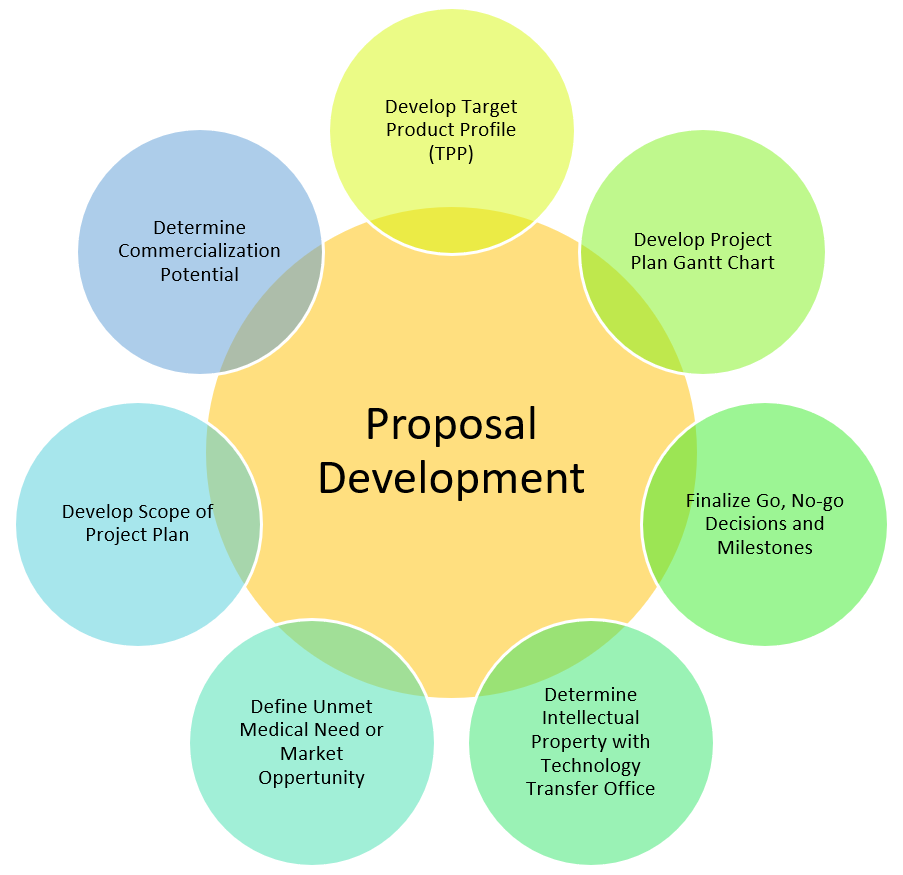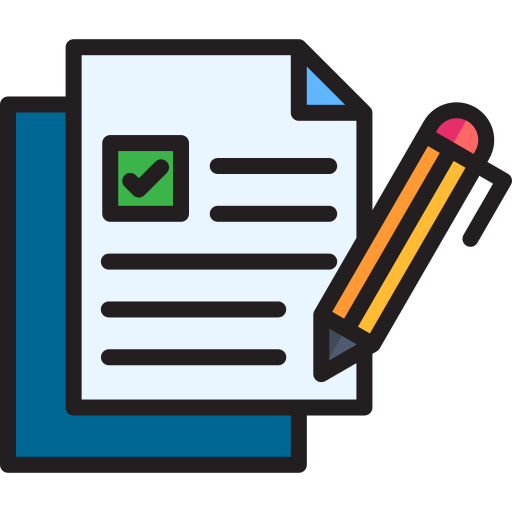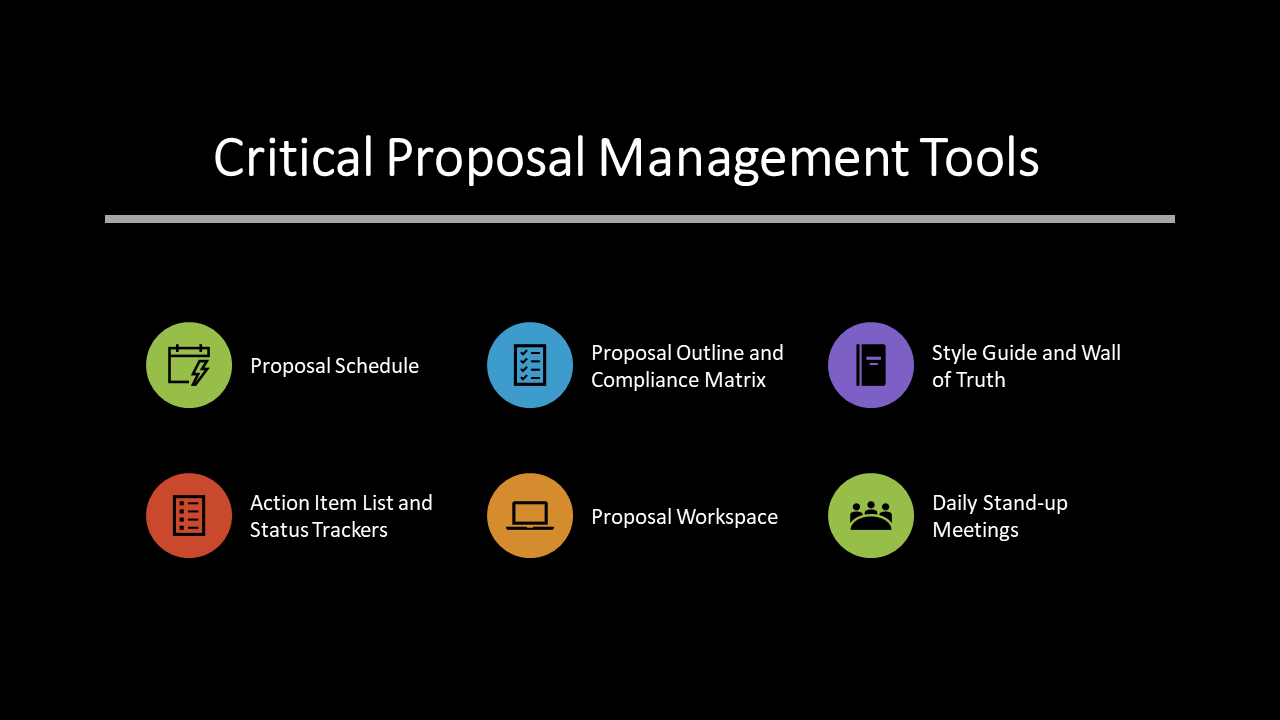Proposal Management
Proposal management is the process of organizing, creating, and overseeing the development and submission of proposals, often in response to requests for proposals (RFPs), requests for information (RFIs), or unsolicited proposals. Effective proposal management is critical in winning new business, particularly in competitive sectors like government contracting, IT services, consulting, and other B2B industries.
1. Proposal Planning:
- Objective Setting: Clearly defining the goals of the proposal—whether to secure funding, win a contract, or establish a partnership.
- Understanding the Client’s Needs: Thoroughly reviewing the RFP or requirements to ensure that the proposal addresses every aspect of what the client is asking for.
- Team Formation: Assembling a cross-functional team (sales, technical experts, legal, finance, etc.) that has the right expertise to craft a winning proposal.
- Timeline Creation: Establishing deadlines for each stage of the proposal process to ensure the submission is made on time.

Essential components for effective proposal management
2. Proposal Development:
- Research and Analysis: Conducting in-depth research on the client, competition, and market to tailor the proposal effectively.
- Solution Design: Developing a solution or project plan that aligns with the client’s objectives. This includes technical or operational solutions, as well as outlining timelines and budgets.
- Content Creation: Writing the proposal with compelling content, highlighting the company’s capabilities, unique value proposition, and approach to solving the client's problem.
- Executive Summary: A brief, high-level overview of the proposal's main points, often the first section reviewed by decision-makers.
- Technical Approach: Details of the proposed solution, including methodologies, technologies, or processes.
- Management Plan: How the project or contract will be managed, including timelines, resources, and risk management strategies.
- Cost Proposal: A breakdown of the pricing and payment terms, ensuring transparency on how funds will be allocated.
- Qualifications and Experience: Demonstrating past experience through case studies, resumes of key team members, and any relevant certifications or awards.
- Graphic Design and Visuals: Using diagrams, flowcharts, and infographics to make the proposal visually engaging and to illustrate complex points.

Key elements in effective proposal development
3. Collaboration and Review:
- Version Control: Managing document versions to ensure that the team is working on the most up-to-date content.
- Internal Reviews: Conducting regular reviews (pink team, red team, gold team reviews) where team members evaluate the proposal at various stages:
- Pink Team Review: Early draft review, checking alignment with client requirements.
- Red Team Review: Reviewing the content from a competitive standpoint, usually led by someone outside the core proposal team to ensure an objective evaluation.
- Gold Team Review: Final review of the proposal for clarity, consistency, and overall readiness before submission.
- Stakeholder Approval: Ensuring that all necessary stakeholders (legal, financial, executive) have reviewed and approved the final proposal.

Key practices for effective collaboration and review
4. Submission:
- Compliance Check: Ensuring the proposal meets all the client's requirements, including formatting, attachments, and submission methods (online portal, physical copy, etc.).
- Timely Submission: Submitting the proposal ahead of the deadline to avoid any last-minute issues.
5. Post-Submission Activities:
- Client Follow-Up: Reaching out to the client to confirm receipt of the proposal and offer any additional information or clarification.
- Evaluation and Feedback: Reviewing feedback from the client, regardless of the outcome, to improve future proposals.
- Lessons Learned: Documenting lessons learned and conducting a post-mortem review to understand what worked and what didn’t.

Essential steps in proposal submission and follow-up
Modern proposal management often involves the use of specialized tools to streamline the process:
- Proposal Software: Tools like RFPIO, PandaDoc, Loopio, and Qvidian automate much of the proposal writing process, help manage content, and ensure compliance with RFP requirements.
- Collaboration Tools: Platforms like Microsoft Teams, Slack, or Trello can be used for team collaboration, while Google Workspace or Microsoft Office allows for real-time co-authoring of documents.
- CRM Integration: Integrating proposal management with Customer Relationship Management (CRM) tools like Salesforce can help track RFPs, proposals, and customer interactions in one place.

Essential tools for effective proposal management
- Start Early: Avoid rushing by starting the proposal process early, allowing ample time for research, collaboration, and revisions.
- Tailor Each Proposal: Avoid using generic templates. Customize each proposal to the specific client’s needs and challenges.
- Clear Communication: Keep communication open among team members to avoid misalignments, duplicate work, or missed details.
- Stay Organized: Use project management and version control systems to stay organized, especially when multiple people contribute to the proposal.
- Focus on Benefits: Highlight how your solution will benefit the client, rather than just outlining your qualifications.
- Review Competitors’ Proposals: Where possible, analyze winning proposals from your competitors to understand what made them successful.

Best practices for successful proposal management
